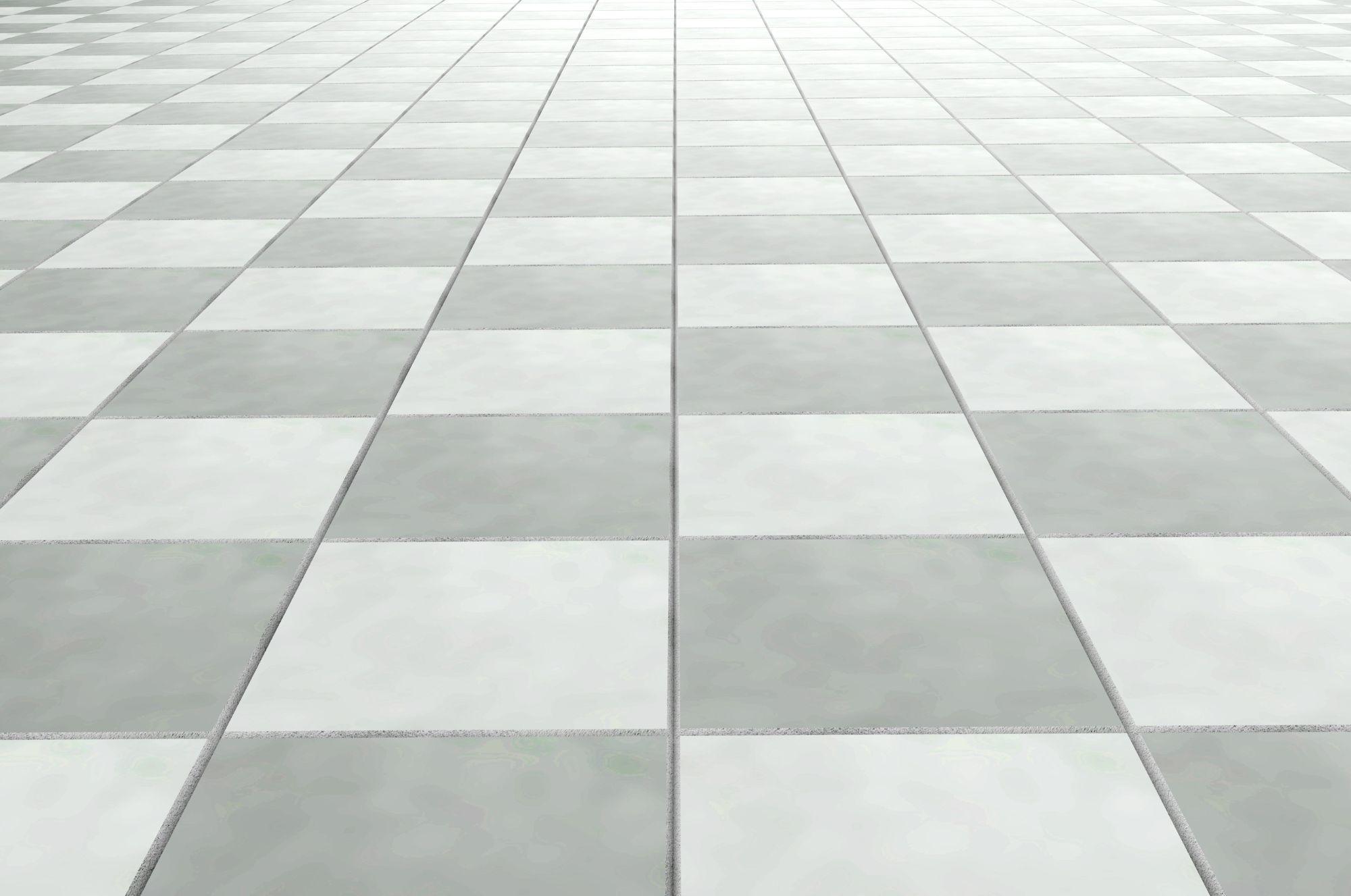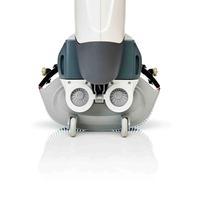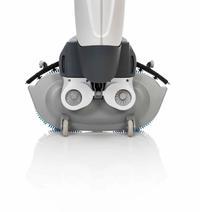You are reading: Powerful Tips for better cleaning: Understanding pH and Cleaning Chemicals
17 November 2022
5min read time
Brooke Payne
Powerful Tips for better cleaning: Understanding pH and Cleaning Chemicals
Share:

Key Insights
- The i-mop cleans 70% faster than a traditional wet mop
- 97% of dirt is picked up by the i-mop compared to 40% with a traditional wet mop
- The floor is dry within seconds when using an i-mop
Understanding the pH scale is a powerful way to save time and get better cleaning results.
In this piece, we’ll cover a quick overview of the pH scale, and discover which chemicals work best on common stains. We’ll also explore how to avoid damaging surfaces when using strong cleaning chemicals, so you can be more confident when cleaning.
Watch this video to learn more about the powerful tips for better cleaning and understanding pH and cleaning chemicals.
What is the pH Scale & How Can It Help the Cleaning Process?
The pH scale shows how acidic or alkaline a chemical is. pH of 7 is neutral, anything below 7 is acidic, and above 7 is alkaline. For each whole number you move away from pH 7, the acidity or alkalinity increases by a factor of 10. That means that a chemical with a pH of 5 is ten times more acidic than pH 6, while pH 1 is 100,000 times more acidic than pH 6.
Examples of common acids would be vinegar, lemon juice or hydrochloric acid, while common alkalines are chemicals like bleach, degreasers and common spray & wipe solutions. You can often find the pH of a chemical printed on the bottle, if it’s not there it should be on the Product Safety Data Sheet.
While the pH of a chemical is not the only factor that will affect it’s cleaning ability, different soil types react differently to acidic or alkaline chemicals. This is because soiling, or dirt has a definite pH.
A general rule is that acidic soil build-up requires an alkaline chemical for best results. And yes, you guessed it, alkaline soil build-up will require an acidic chemical. This is why understanding pH is such an important part of cleaning, and these basic principles can save a huge amount of time and hard work.

Popular applications for Acid-Based Cleaning Solutions
Acid-based cleaners are great for tackling inorganic and mineral-based stains.
Think of calcium deposits, hard water stains, dried urine, and limescale build-ups – all the types of soiling you find in bathrooms, shower areas, or outdoors around a swimming pool. Acid cleaners are the best way to remove these mineral-based stains, which cuts through and liquifies the build-up where it can be washed away. If you’re cleaning tiles and grout in a bathroom, use an acidic product like a phosphoric acid-based tile cleaner.
You must be careful with acids, though. Avoid spraying acidic cleaners which can land on delicate surfaces and damage them, instead use a mop, sponge or squeeze bottle to apply the solution. Also remember to wear a mask, eye protection and gloves.
If you need to clean natural stones like granite, limestone, sandstone and marble, and metals like copper, aluminum, bronze and brass, avoid using strong acids as these surfaces tend to be etched by acid.
Tip; Whenever you are cleaning using strong chemicals, start with mild dilution and test in a small area first.
When to Use Alkaline-based Cleaning Solutions
Alkaline chemicals are incredibly effective at tackling organic and oily stains.
Think of the oily stains and general dirt build-up you’ll find in areas like kitchens, lunchrooms, classrooms, industrial and retail environments. In fact; if it is not a bathroom, you would use an alkaline cleaner. This is because most organic stains tend to be acidic in nature, making an alkaline cleaner the best choice for fast, effective cleaning.
How strong the chemical will need to be depends on the application. For example, for daily mopping in a kitchen area, you could use a mild alkaline detergent with a pH of around 8-9.
Whereas for a once-a-year deep clean in the same area, you might want to use a stronger product such as a Heavy-Duty tile cleaner – which could have a pH of 11 or even higher.
Read seven ways you can be eco friendly and reduce environmental impact when cleaning.

How to Avoid Damaging Surfaces with Strong Chemicals
Now that we’ve covered some basic principles of acidic and alkaline cleaning chemicals, here’s three simple ways to avoid damaging surfaces when you’re cleaning.
- Follow the dilution ratios recommended on the label; adding more chemical doesn’t necessarily mean a better clean. Excess chemical residues remain on the surface and attracts more dirt.
- Don’t leave strong chemicals on a surface for too long, and don’t let them dry out before you rinse them off.
- Follow any specific cleaning guides from the flooring manufacturer, and always pre-test on a small area to be safe.
To summarise, here's some powerful tips for better cleaning:
Acidic cleaners are best for inorganic, mineral-based stains in bathrooms.
- Avoid granite, limestone, sandstone and marble, and metals with acid-based cleaners.
- Alkaline cleaners are best for organic, oil-based stains such as in kitchens, lunchrooms, classrooms, industrial and retail environments.
- Always follow dilution ratios to avoid using too much of a cleaning chemical.
- Acidic build-up is best tackled by an alkaline cleaner, and vice versa.
- Always pre-test cleaning chemicals on a small area and don’t leave strong chemicals on a surface for too long.
- We hope that you found this article helpful and if you have any questions about pH and cleaning chemicals, please get in touch today.
Common Questions Answered
1. Why is understanding pH important when choosing cleaning chemicals?
Answer: pH levels help determine whether a cleaning chemical is acidic, neutral, or alkaline, which affects how it interacts with different surfaces. For example, acidic cleaners are great for removing mineral deposits and rust, while alkaline cleaners are effective for cutting through grease and grime. Using the wrong pH level can damage surfaces or reduce cleaning effectiveness.
2. What are the different types of cleaning chemicals based on their pH levels?
Answer: Cleaning chemicals can generally be categorized into three types based on pH: acidic (pH 0-6), neutral (pH 7), and alkaline (pH 8-14). Acidic cleaners are used for tough stains like limescale, neutral cleaners are safer for everyday cleaning without damaging surfaces, and alkaline cleaners are effective on oils, fats, and proteins.
3. How can pH-balanced cleaning products benefit your cleaning routine?
Answer: pH-balanced cleaning products provide a safe and versatile option for maintaining surfaces without causing damage. These products are designed to be neither too acidic nor too alkaline, ensuring that they can clean effectively while being gentle on surfaces like tiles, grout, and delicate flooring.
References
CleanLink – Understanding pH and Cleaning Chemicals
URL: https://www.cleanlink.com/news/article/Understanding-pH-and-Cleaning-Chemicals--20065
Facility Cleaning Decisions – The Role of pH in Effective Cleaning
URL: https://www.facilitycleaningdecisions.com/article/role-of-pH-in-effective-cleaning
The Janitorial Store – Cleaning Chemicals and pH Levels
URL: https://www.thejanitorialstore.com/articles/cleaning-chemicals-and-pH-levels
Products Featured Inside this Article
Media and Insights
Join the movement that's changing what clean means.
Be part of a cleaner world. Get a live demo at a time that suits you.
Book a Demo

